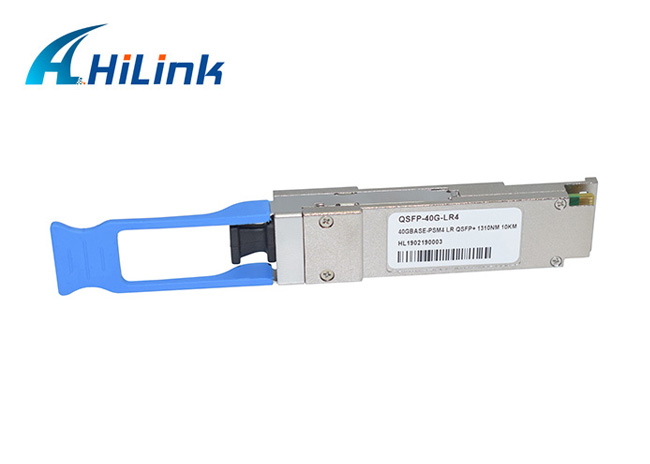How Much Do You Know about Fibre Optic Transceivers?
May. 06, 2021
In general, fibre optical transceivers for interconnecting networks are divided into multimode to single-mode fibre optic transceivers, duplex to simplex fibre optic transceivers and wavelength conversion transceivers, which can be used to achieve single multimode, single dual fibre and wavelength conversion (mainly for converting conventional wavelengths to WDM wavelengths) respectively. In this article, you will find a detailed description of the common applications of fibre optic transceivers for interconnecting networks between optical cables. The optical transceiver supplier will tell you more about the common applications of fibre optic transceivers used in interconnecting networks between optical cables.
Applications of multimode to single-mode fibre transceivers
Single-mode fibres are known to have a core made up of thin glass filaments which are small in diameter and therefore produce less signal attenuation. This structure of single-mode fibre can achieve throughputs of up to 100 Gbps over distances of between 10km and 80km. Multimode fibre patch cords, on the other hand, have a larger core diameter than single-mode fibre patch cords and can transmit over distances of up to 500m. Multimode to Singlemode fibre transceivers can be used where conversion from multimode to single-mode fibre is required to achieve longer transmission distances. By converting from multimode to single-mode fibre, the transmission distance can be effectively extended without the need to change the type of fibre.

Duplex to simplex fibre optic transceiver applications
In some cases, in order to save on fibre budgets, the transmission of some enterprise networks requires the conversion of duplex fibre to simplex fibre to save fibre resources. As the name suggests, a single fibre receives and transmits data on the same fibre, while a dual fibre receives and transmits data on a pair of fibres. A duplex to simplex transceiver converts duplex to simplex fibre, allowing data to be received and sent on a single fibre, which is ideal where fibre resources are tight.
In addition to this, duplex to simplex transceivers can also be used to increase fibre capacity by converting a dual fibre link to a single fibre link. In many cases, for example, where the backbone fibre jumper remains the same, the capacity of the network needs to be expanded to meet the transmission requirements as the number of end devices increases. In this case, a duplex to single fiber transceiver can be used to convert each dual fiber patch cable to a BiDi single fiber patch cable, doubling the capacity of the fiber.
Applications of WDM transceivers
Wavelength Division Multiplexing (WDM) technology allows multiple wavelengths to be multiplexed on a single fibre to increase the capacity of existing fibre infrastructure. Each channel can send and receive data independently, allowing network administrators to transmit different data rates and support different protocols for different applications. Prior to this, band conversion transceivers were required to convert conventional wavelengths to the corresponding WDM wavelengths.
Conclusion
A fibre-optic transceiver applied to a network of inter-cable connections not only extends the network transmission distance appropriately, but also increases the fibre capacity to meet the needs of different network growths. It is an economical and efficient solution for increasing the functionality of existing fibre infrastructures by providing a variety of functions (e.g. single-mode, single-dual fibre and wavelength conversion).











